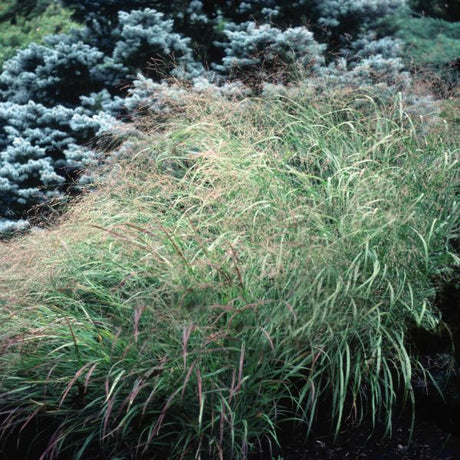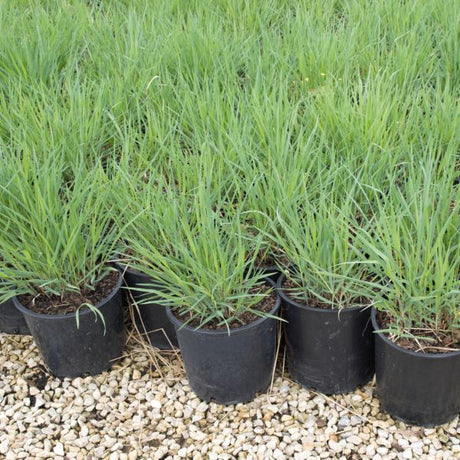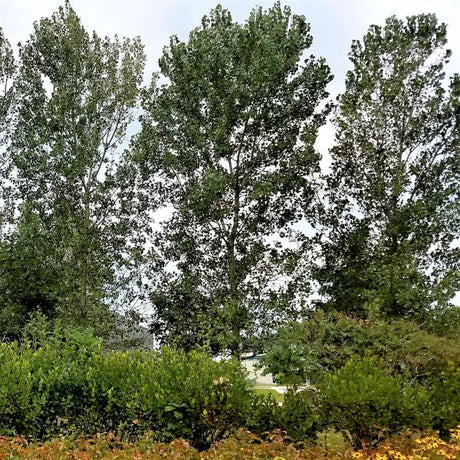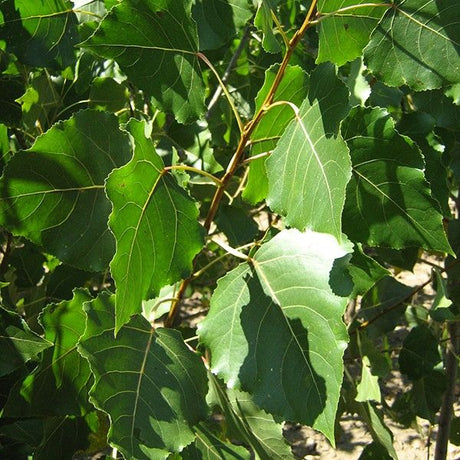Native Plants of the Northern Midwest
Much of the Midwest is known not only for its fertile cropland but also for its rolling hills and prairies. These plants have adapted to the windy and harsh environments, providing erosion control and holding the soil where it belongs with deep roots. Today, we'll talk about five native plants from the Northern Midwest United States.
Native plants are defined as plants that have been established in a given area for hundreds of years. This definition is often paired with a geographic location, like the Northern Midwest United States. It is challenging to pinpoint an exact geographical boundary, as plants do not follow the same boundaries people do, so we will just limit it to the Northern portion of the Midwest in general - zones 2 through 6.
Evergreen - Black Hills Spruce

Black Hills Spruce
With dark evergreen foliage, Black Hills spruce provides an excellent backdrop year-round. Short needles are soft to the touch, and Black Hills spruce does not require any pruning to help it keep its pyramidal shape. It is deer-resistant and will provide a fair amount of protection during the winter months. Use it in a windbreak or as a focal point in your yard; regardless, it will soldier on through the coldest weather.
- Zones: 2 to 6
- Mature height: 30 to 60 feet
- Sun: Full sun
- Soil: Well drained, tolerates clay
- Moisture: Moderate
- Benefits: Windbreak, evergreen cover, low-maintenance
Deciduous Tree - Cottonwood

Cottonwood
Reaching over 70 feet tall at maturity, Cottonwood trees are a formidable addition to any landscape. Triangular leaves balance on incredibly thin stems, allowing them to quake in the wind and create a very soothing sound. In the fall, the leaves turn a gorgeous yellow, and in the winter, the intricate gray bark provides some interest to an otherwise dreary season.
- Zones: 2 to 6
- Mature height: 60 to 80 feet
- Sun: Full sun
- Soil: Moist or periodically wet soils
- Moisture: Moderate to high
- Benefits: Fast growth, shade, fall color
Shrub - Red Osier Dogwood

Red Osier Dogwood
Redosier Dogwood has a little bit for every season. In the spring, small white flowers bloom, followed by white berries adored by wildlife. Bright green foliage in the summer becomes reddish-purple in the fall. The winter appeal is the best part about Redosier Dogwood; the stems are bright red, and the color lasts throughout the entire season. Use it as a mass planting for incredible results or as a single plant to contrast against other evergreens and deciduous stems in the winter.
- Zones: 2 to 7
- Mature height: 6 to 9 feet
- Sun: Full sun to part shade
- Soil: Moist, well-drained
- Moisture: Moderate to high
- Benefits: Four-season interest, wildlife value, striking winter color
Flowering Perennial - Blanketflower

Blanketflower
Bright flowers brighten up any yard, and Blanket Flower doesn't fail in that category. Appearing in the early summer and persisting through the fall, Blanketflower's yellow and red petals are sure to be a long-lasting addition to your garden. Blanketflowers are adapted to many of the intense conditions found in the northern Midwest, and will thrive, even when faced with drought and hot summers.
- Zones: 3 to 9
- Height: 12 to 24 inches
- Sun: Full sun
- Soil: Well-drained
- Moisture: Low to moderate
- Benefits: Long bloom season, drought-tolerant, pollinator-friendly
Grass - Switchgrass

Switchgrass
Often found within prairies, switchgrass makes a fantastic addition to any planting. With cultivars that range in color from blue(Heavy Metal Switchgrass) to reddish-purple (Red Switchgrass), the airy seed heads bring a bit of the prairie to your yard. Planted in mass, results in a stand of grasses that will thrill and delight long into the winter months.
- Zones: 3 to 9
- Height: 3 to 6 feet
- Sun: Full sun
- Soil: Moist to well-drained
- Moisture: Moderate
- Benefits: Prairie texture, erosion control, winter interest
More Native Plant Resources
Each of these plants has adapted to the climatic conditions of the northern Midwest with windy and dry summers and harsh winters. Use them in your yard to bring a bit of the wild to your house and enjoy as they stun you with their colors year-round. To see our favorite native plants for other regions, check out these articles:















